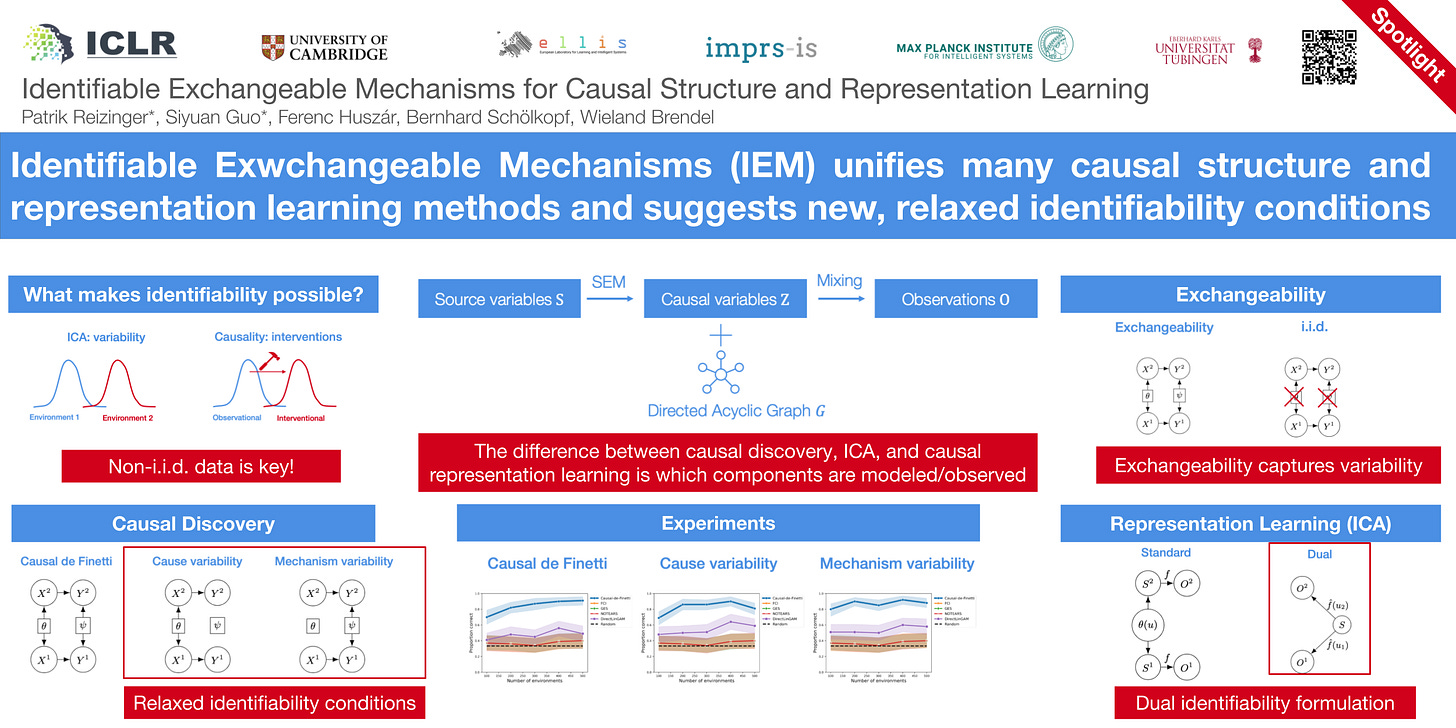Tips for creating posters
Presentations are in many ways similar to posters, but they are also different.
You might think that if you can give an awesome talk, you know how to create awesome posters. Kind of.
Both benefit from thinking with your audience in mind and treating the materials as support to tell your story. As you imagine explaining your findings, you can figure out both slide ordering and the poster layout.
But there are specifics to a poster session. While giving a talk, everyone in the room is supposedly listening, whereas in a poster session—up to 1000+ posters—you need to stand out1.
Many people are just wandering, so first you need to help them decide whether they are interested—just as when reading papers. I use a huge2 TL;DR summary with a vibrant color or background. This takes up a lot of space, but it attracts more people—as a positive side effect, you cannot overcrowd the poster with content. Only include figures, tables, and formulas that help you explain your results or answer anticipated audience questions.
This is an example of a recent poster my coauthors and I created:
Tips and reminders
Negative space works: less is more, as it helps the audience get an overview
Use a few colors: less is more regarding colors, too. A free color wheel tool can help you select harmonizing colors
For multiple presenters, ensure that everyone can navigate the poster by using the maximum size (conferences usually have a policy on this) and preferably a landscape orientation
A QR code for online assets helps people find the paper or code—and decreases the "barrier of entry", ie, some people might scan the QR code without stopping. This is a free QR code generator
You can print posters on fabric, which is more expensive, but makes transportation simpler34
Tools for poster creation
Google Slides/PowerPoint
Canva
Your favourite LaTeX editor
Dig Deeper
Tips for giving research presentations
A presentation is more constrained and more straining than a paper. The audience does not have the luxury of pausing, looking things up, and re-visiting the same passage. Time will not enable you to talk about everything. You need to focus on the story. In the case of a lightning talk (lasting as little as one minute), only the story can remain. Shorter…
Tips for reading scientific papers
The most important thing is to know why you are reading the paper.
Some people add balloons, ribbons, use eye-catching colors, wear a costume, or bring a demo if that's suitable for their topic. Be creative
I mean huge: the text size should be 100+ pt
If you are flying, your poster tube usually does not count as an additional luggage item. At least I haven't experienced troubles with that, and neither heard such problems from other researchers—but I haven't seen this written down in any airline policy either.
Pro tip: you can use the poster tube to hold additional luggage, eg, rolled up clothes, socks, or towels



